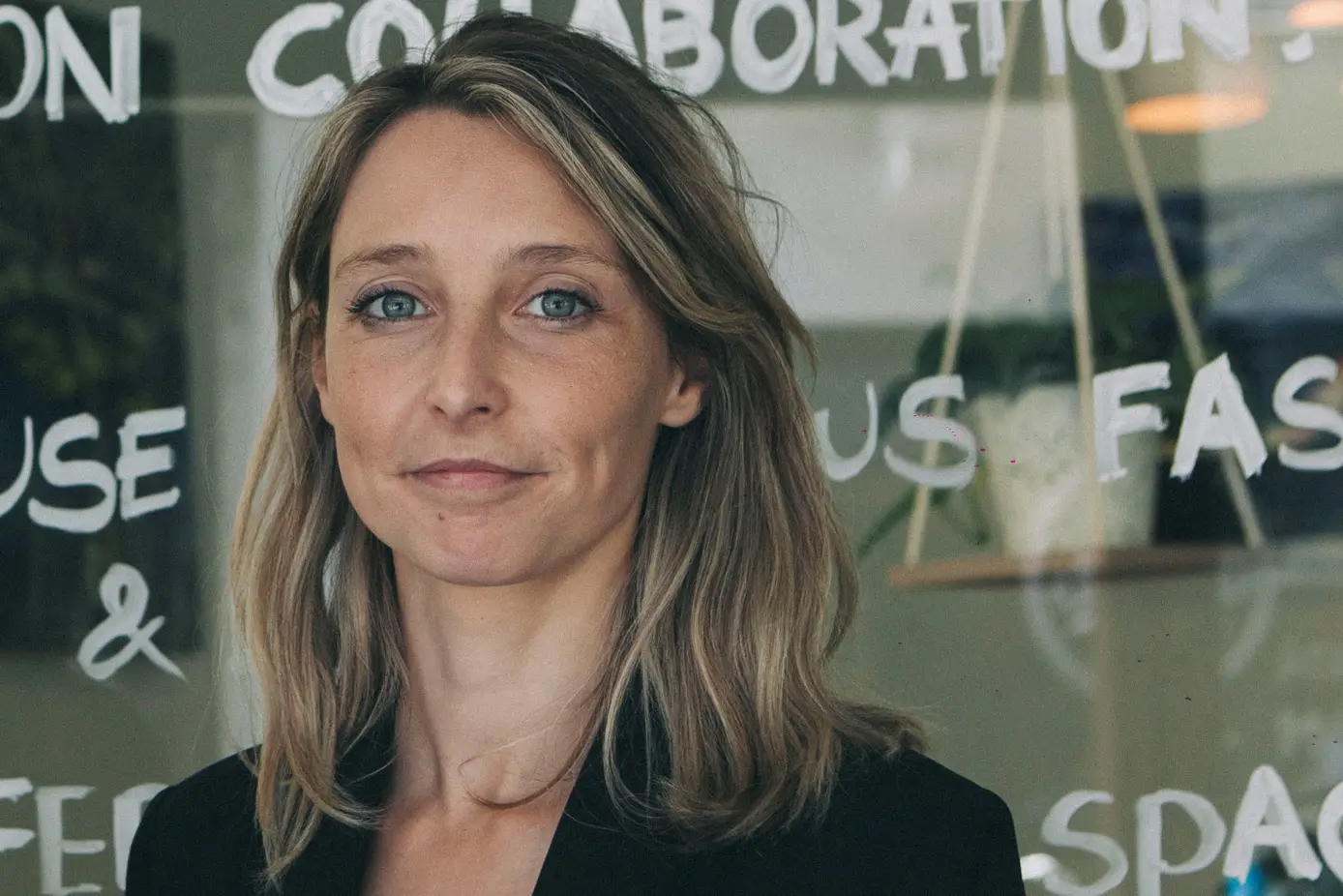Fashion United on Xandres’ change management, led by Jasmien: Sustainable business? It’s all about employee engagement
Fashion United, Natasja Admiraal
Interview with Jasmien Wynants and Veerle Spaepen (Thomas More University of Applied Science) in Fashion United, written by Natasja Admiraal.
Do you, as a fashion company, want to do sustainable business and realize circular ambitions? Then it is essential to focus on employee engagement, research shows. This is an opportunity that often remains unused in practice. The project ‘In Fashion’ wants to accelerate the circular transition in the fashion industry by focusing on (re)education of current and future professionals. FashionUnited spoke to two driving forces behind this project: sustainability expert Jasmien Wynants and Veerle Spaepen, researcher at Thomas More University College, about the importance of employee engagement and change management.


Many companies would like to make the switch to more sustainable business operations. In doing so, a number of factors determine the chances of success. “Motivated leadership is crucial to making the switch to a sustainable policy,” says Wynants.
“After all, time, space and budget must be made available for this. But, that alone is not enough. Enthusiastic involvement of all employees is the key to success.”
“Implementing CSR (Corporate Social Responsibility) within a company requires a lot of adjustments in the business operations. To ensure that employees have the right knowledge and skills, retraining or additional training is often necessary. It is also important to convince employees of the importance of sustainable business practices.”


Employee engagement: a win-win situation
Communication also plays an important role in this story. “Sharing numbers and success stories is a great way to keep employees’ passion and inspiration warm,” Wynants states. “Whether that’s an increase in sales of sustainable products, a decrease in energy consumption, a new technology developed or a sustainable partner recruited. Rewarding behavioral change positively can also give people a boost. As a manager, you can be a good example for the rest of the team in this regard.” So making visible the sustainability efforts you take as a company certainly makes sense. It is tangible evidence that provides positive confirmation that you are on the right track as a company.
Indirectly, employee engagement also creates more satisfied customers. After all, engaged employees have a positive influence on customers and their opinion of the company. Spaepen: “A simple example: imagine that a sales employee in the store has no idea which sustainable steps you are taking as a brand. Then that person won’t be able to answer any questions from customers about it either. A missed opportunity. Good external communication can therefore be crucial in the customer’s perception of your company’s values. Store employees do not work at the head office, but they are in close contact with the end customer and know what they are looking for. They can therefore provide good feedback, for example what effect sustainable efforts have on buying behavior. That, too, strengthens commitment.”

